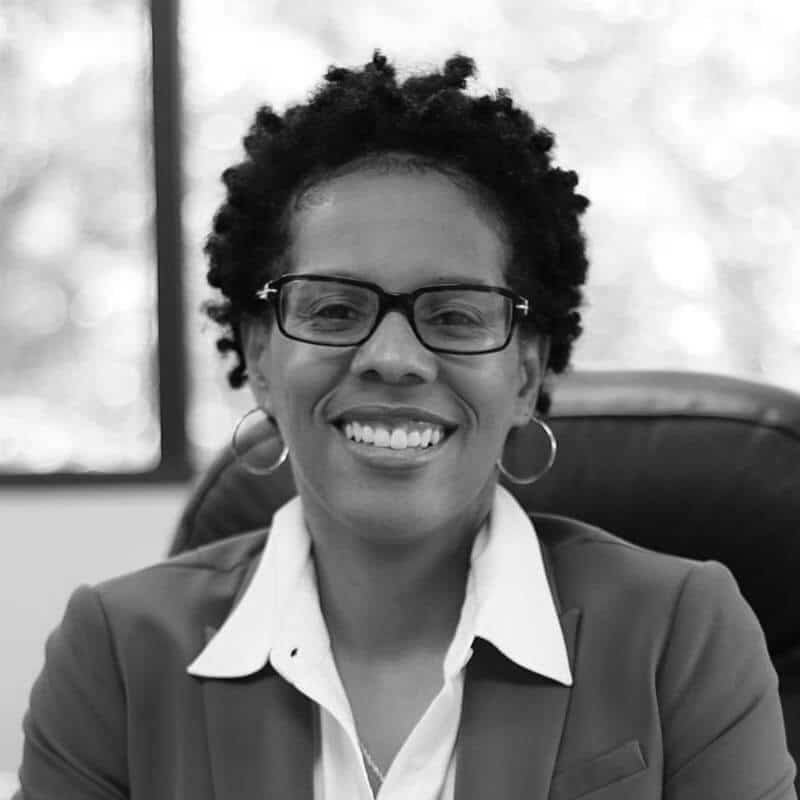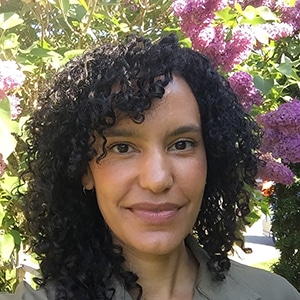Tap Into Student Voice for Student Success








5 Ways Student Voice Enhances Education Quality
Your students’ insights and experiences can positively impact their education and contribute to a thriving school district. Among the many benefits, promoting student voice in the classroom contributes to increased engagement, equity, and student success. So why aren’t educational leaders consulting these well-informed, innovative, and future-focused key partners more often?
While the student voice movement in education is growing, not all schools understand the benefits and how to make the most of it. Research shows that schools need champions to motivate and bring about change.
As an educational leader, it’s your job to honor student voice and create a culture that promotes it. How are you prioritizing student voice in your district? You're on the right track if you seek opportunities to engage with your students, listen to their concerns, or involve them in decision-making processes.
In this post, we discuss five ways student voice enhances education and provide some tactics for amplifying student voice in the classroom.
See ThoughtExchange in Action — Explore the Product Tour
In this Article
What is student voice?
As long-time student voice proponents, we’re glad the movement has been gaining traction. In a previous blog post on promoting student voice in the classroom, we defined student voice as the process of students sharing their values and perspectives with those in educational leadership positions—and those leaders actively listening and making decisions based on these shared ideas.
Virginia Commonwealth University’s Center of Transition explains:
The Harvard Graduate School of Education adds that it means understanding that young people have a unique perspective that leadership should welcome, along with the wisdom adult perspectives bring.
Student voice lets students contribute to decision-making and actively shape their educational experience.
Here are some ways it contributes to education quality and student success.
5 ways student voice contributes to student success
There are many benefits to promoting student voice in the classroom. Focusing on student voice promotes engagement at every level, builds trust with teachers, addresses equity in the classroom and the wider community, and ultimately contributes to student success.
It also helps leaders gain support for beneficial programs and initiatives while improving overall student mental health. Let’s take a closer look at some of these benefits.
Promotes engagement
As an educational leader, how do you quickly figure out how to keep your students engaged? Ask them to share their thoughts, opinions, and perspectives!
Allowing students to share their ideas inspires them to become invested in their learning experiences. Dr. Dana Mitra, an expert on student voice and engagement, explains, “When students believe that they are valued for their perspectives and respected, they begin to develop a sense of ownership and attachment to the organization in which they are involved.”
Instead of leaders telling students what to do and think, student voice empowers students to contribute to an education aligned with their values, interests, and goals.
Builds positive relationships and trust with teachers and staff
Working together towards a common goal builds trust and respect between students and teachers. So it makes sense that student voice can improve student-teacher relationships. The National Library of Medicine explains that “partnering with teachers to examine practice … helped students develop positive relationships with teachers where none had existed previously.”
In environments lacking trust, where leaders don’t promote student voice, students can perceive teachers’ attempts to build relationships as invasive.
Increases equity
Students from racialized or lower-income communities, and those living with disabilities, face multiple barriers to education, and the standard curriculum may not meet their unique needs. Student voice enables educational leaders to discover deficiencies in their organizations regarding diversity, equity, and inclusion—and tap into students’ collective wisdom for solutions that work.
Educators can promote and improve equity throughout their districts by ensuring inclusive student voice initiatives.
Enhances the learning experience
Students who shape their academic experience are more likely to succeed. Research from the Quaglia Institute for School Voice and Aspirations found that “students who believe they have a voice in school are seven times more likely to be academically motivated than students who do not believe they have a voice.”
When students feel heard, they become partners in their education. This creates positive change in the learning environment through dedication, engagement, and collaboration.
Improves student mental health
While academics are important, school is also about learning critical social and emotional skills. This includes managing mental health challenges and building emotional intelligence skills that are “crucial for reducing bullying and risky behaviors, working with others, overcoming obstacles, and setting and achieving goals.”
Districts often rely on adult experts to address mental health issues in their schools, but student involvement is pivotal. As we noted in a previous post, “Allowing students to weigh in on the decisions made on their behalf means that the [school] district’s actions will have more support and be easier to implement. Students will feel heard, and leaders will get a prioritized list of their students’ needs.”
Examples of student voice in the classroom
Ramapo Indian Hills engages students for successful strategic planning
When Dr. Rui Dionisio, Superintendent at Ramapo Indian Hills, needed to create a new strategic plan, he tapped into his community’s collective intelligence.
ThoughtExchange allowed Dr. Dionisio to gain insights from over 400 faculty and staff, 2,000 students and 40,000 community members quickly and easily—and synthesize their ideas into an effective district strategic plan.
Dr. Dionisio was especially thrilled by the significant student engagement he received on his Exchange. He had a 99% student participation rate and received quality feedback.
How do you get 2,000+ students to engage with and participate in your Exchange?
Elgin School District U-46 builds African American studies course with student input
When students called for a mandatory African American Studies course, Dr. Teresa A. Lance, Assistant Superintendent of Equity and Innovation at Elgin School District U-46, was ready.
Dr. Lance used ThoughtExchange engagement and survey platform to tap into student voice and discover what was most important to her learners.
With ThoughtExchange, Dr. Lance could hear from all participating students anonymously. This helped create a judgment-free environment where they could share their honest thoughts. The students’ collective answers determined the course’s focus.
Teresa Lance, Ed.D., Assistant Superintendent of Equity and Innovation,
Elgin Area School District 46, Illinois
Student voice empowers learners to advocate for mental health support at Guilderland CSD
New York’s Guilderland Central School District used student voice Exchanges to advocate for gun safety and mental health support in their district.
To illustrate, Superintendent Dr. Marie Wiles shares how three 9th grade students made an appointment to meet with her and discuss how they needed more mental health support for high school students. They had done research and written an essay to support their case. In all her years as superintendent, she had never seen students take such positive advocacy for their safety, mental health, and their place at the table within their school district.
3 ways to promote student voice in the classroom
Ask students for their feedback—and use it
Students hold knowledge specific to their unique positions as young learners. And as educational leaders, we know their perspectives are essential. But how do you tap into them?
Edutopia suggests asking them for feedback throughout the year and acting on their insights when it makes sense.
“Student feedback not only informs instruction, it conveys that we value their insight, and that their voices are at the center of the work that we do.” They explain that listening to and honoring students shows them that their voices can be powerful learning instruments and vehicles of change in their classrooms and beyond.
Regularly provide opportunities for student input
Let students know that they can expect to provide input throughout the year actively. This Edutopia article suggests that classrooms should be places where students gain knowledge and discover who they are and who they want to become. Adding their voice to the collaboration is key. Prioritizing student voice strengthens belonging, as students and teachers co-create the learning experience.
Prioritize active engagement by asking yourself:
- When will students collaborate in problem-solving?
- How often are students offered the opportunity to speak in front of the room, write on the board, or conduct demonstrations?
- Do students have choices regarding the work they’re doing?
Tap into anonymous insights using the right technology
The right technology can create a safe space where students feel comfortable sharing their opinions and ideas. An engagement and survey platform like ThoughtExchange allows students to share anonymous insights with teachers, educators, and peers without fear of being singled out.
Educators can gather student voice by hearing a diverse range of perspectives from a larger number of students. While other methods of gathering student voice may result in only hearing the loudest and most outgoing students, an engagement and survey platform’s insights represent students fairly.
Enhance education and promote student success with student voice
Ready to make the most of student voice in your district? Recognizing the value of your students’ unique perspectives and experiences is the first step in improving their educational experience and promoting long-term student success.
By asking students for their thoughts, perspectives, and opinions and making them part of the decision-making process, you’re helping them succeed. Turn your student’s collective intelligence into their collective success.







